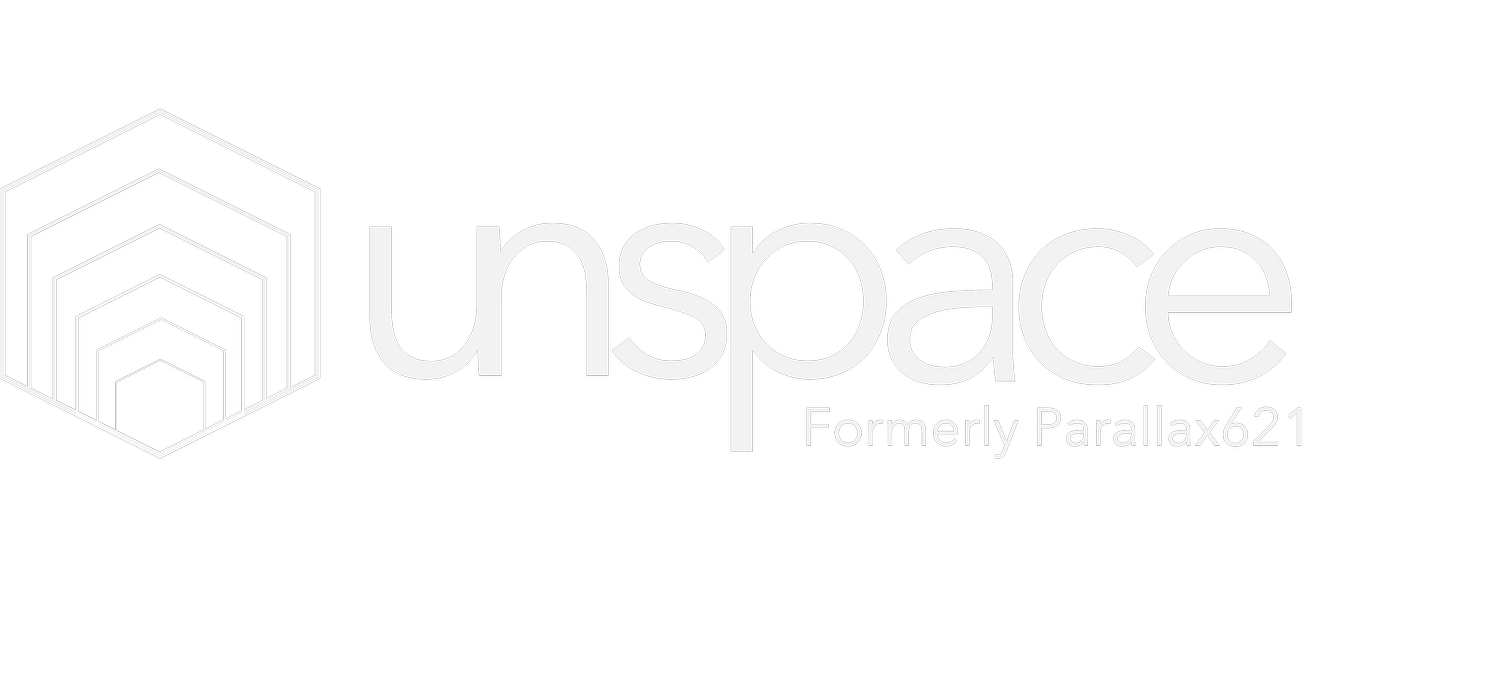BLOG #0009
WHAT IS GRAVITRONICS?
The next great technology frontier or the next great technology bust (e.g., cold fusion)? Most folks would choose the latter. This thinking is justified, as gravitational fields are extremely weak (relative to other forces). It takes a mass the size of planet Earth for you to feel an acceleration of 9.8 meters per second squared on the surface. Our everyday experience suggests gravitational fields can only be sourced from planets, stars, neutron stars, and black holes. Surely technologies that generate gravitational fields and put them to work for humans will only live in dreams and science fiction movies (think warp drives, disruptor beams, artificial gravity). However, would you believe that human activities generate dynamic changes to local gravitational fields every day? Every time a motor spins a wheel, an airplane changes relative position, and a wrecking ball swings into a building, local changes to the gravitational field are experienced by a stationary observer. However, those subtle changes are lost to the overpowering relative strength of Earth’s gravity. As a result, the observer’s senses and the changing gravitational field are too weak to feel the effects. However, technology has reached a point where it can both generate and detect these small changes. Gravitronics represents electromechanical technologies that generate changing gravitational fields, apply coherent properties to these fields, and measure changes or information contained in the generated fields by a receiver.
Where is the evidence?
One of Einstein’s three inspirations for the curvature of spacetime (Theory of General Relativity) was Ehrenfest’s Paradox. The paradox showed that, according to Special Relativity, discrete end to end measuring rods along the circumference of a rotating disk will experience length contraction, but similar measuring rods along the radius will not. This model doesn’t fit with our everyday experience observing gyros and other rotating disks where the circular geometry is maintained at significant angular momentums (they don’t fly apart unlike the expected consequence of the paradox when certain angular momentum regimes are reached). Einstein (and others) concluded the best way to resolve the paradox is for spacetime around the rotating disk to experience curvature (otherwise known as gravity). Recent experiments show a direct correlation between the disk’s radial acceleration and an increase in the local gravitational field (in addition to the gravitational field sourced from a disk’s static mass). The electromechanical ability to manipulate and measure the gravitational field locally is a key requirement for gravitronic systems.
What’s next?
The National Science Foundation’s discovery of gravitational waves in 2015 by the Laser Interferometer Gravitational Observatory (LIGO) confirms the existence of gravitational waves using five-mile-long laser segments that sense the distortion of local space by gravitational waves. Gravitronic applications represents the next stage of research and product development that builds upon LIGO’s discovery, and the generation of dynamic gravitational fields discussed previously (where changing fields result in gravitational waves). Development of gravitronic applications will require extending the dynamic gravitational field capabilities described in the previous paragraph with the addition of coherent properties to generated gravitational waves (the gravitational wave equivalent to optical lasers), the inclusion of more compact gravitational wave detectors than LIGO, and fine-grained modulation of frequency and/or amplitude of the generated waves.
The Future
When these goals are achieved, the following gravitronic applications are within reach.
Gravitronic communication systems that transmit and receive signals through the center of the earth (or any solid body)
A new tool for non-invasive geologic surveys
New ways to observe the inner workings of planets
Earth based deorbiting systems applied to defunct satellites
Earth based asteroid defense systems
Alternative space-based propulsion systems
Artificial gravity systems that don’t require nauseating centrifugal force
Though much research lies ahead, like the harnessing of the electromagnetic field in the 19th century, there are many more, yet to be imagined, possibilities.




